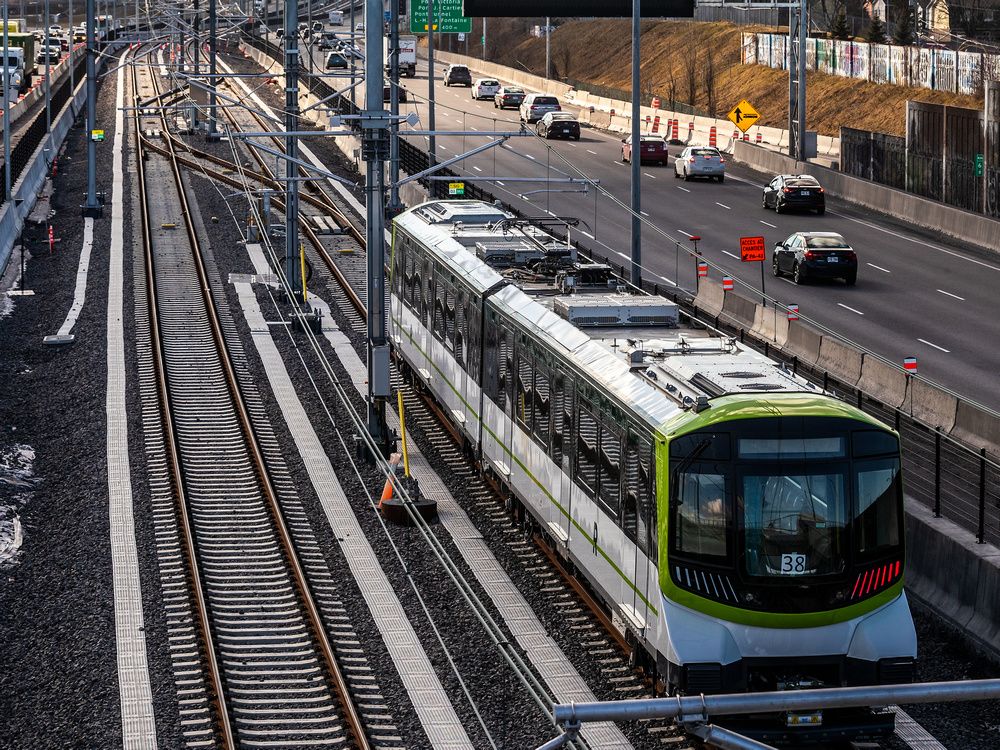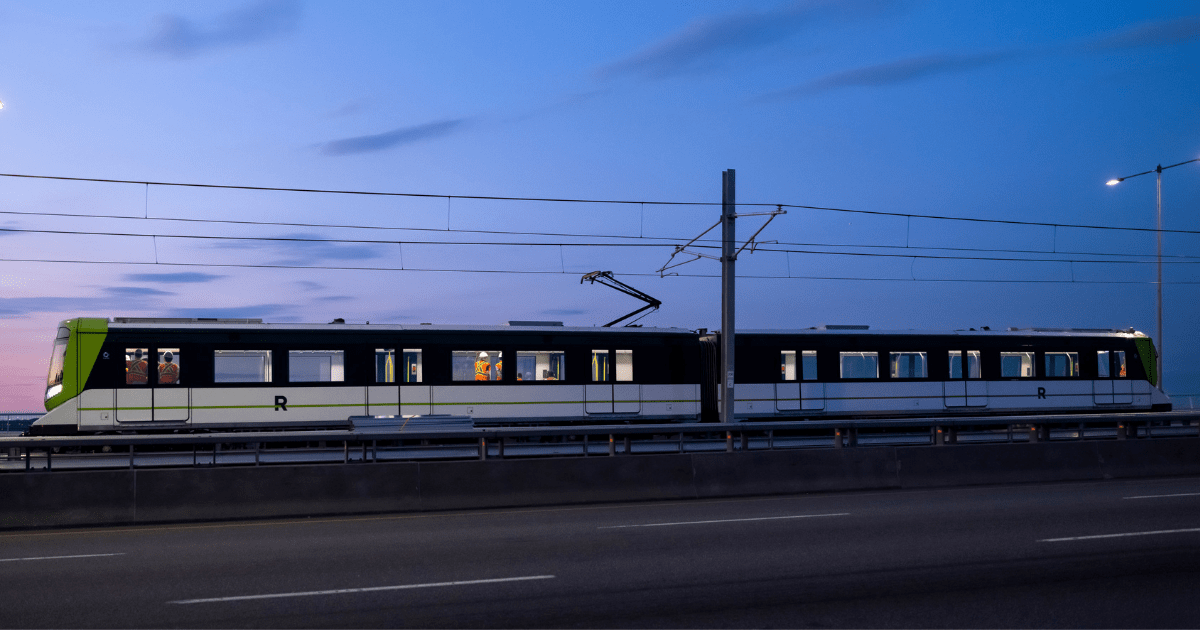Yes, I agree it's a pretty silly argument. Commuter rail is unusual in Canada in that the stations are usually removed from the town centre. In most of the world, the train station is the town centre.
On the other hand I can't fault GO for wanting to increase development around its existing stations, most of which have been barren wastelands since the 60's. That's good policy, or at least it's making the best of a bad situation.
Yet I'm not quite as optimistic as forumers who claim that this will shift town centres over to the where the GO station is.
There are a few issues that lead to this: We can call them the 4 horsemen of bad station locations.
The first one is all of the towns that were established before the creation of the railroad. Typically when railroads were built, they tried to build as direct of a path as possible - they wouldn't purposefully try to create diversions or weirdly loopy routes just to serve small towns. This led to towns being serviced by stations that were several km away from the actual town. If the town was large enough, it may have a branch line servicing it. Examples of these kinds of station include Huntington on Long Island, which was served by an LIRR station 2km away (the area around the station was later developed as "Huntington Station"), Princeton in New Jersey is one of the few remaining towns served by branch lines, with the dinky running from Princeton to Princetown Junction, where the former PRR Mainline is located (today it's part of the Northeast Corridor), and finally for a more local example, Maple Station on what is today the Barrie Line used to be called Richmond Hill Station in the latter half of the 1800s, despite being 5km away from Richmond Hill (today it's the Richmond Hill Heritage Area), although in this case Maple eventually starting growing around the station and the station was thus renamed.
The next horseman is towns that developed around railways, however due to the mass closure of raillines in the 60s-80s are no longer served by raillines, the former corridors have been developed over, and now the only way to serve them is via alternate still existing corridors that are far less convenient, or building a new ROW that isn't likely to be more convenient. There are numerous examples of such closures throughout the US and Canada, however I think one of the easiest examples to point to would be Ottawa and the closure of Ottawa Union Station.
The next horseman is a sort of offshoot to this idea, and is stations that were relocated on the same line due to more parking being available at a new location. Prime example of this is Unionville Station on the Stouffville Line, it used to be on Main Street Unionville 350m north of Highway 7, but GO relocated it to a big empty field on Enterprise road because they needed parking spots.
The Final Horseman is suburbanization. In the post-war era of suburban development where car is king, suburbs were built without thought of any town center, or at least ones which would theoretically have rail access, so they didn't. This is why sites like MCC are nowhere near any form of rail.






